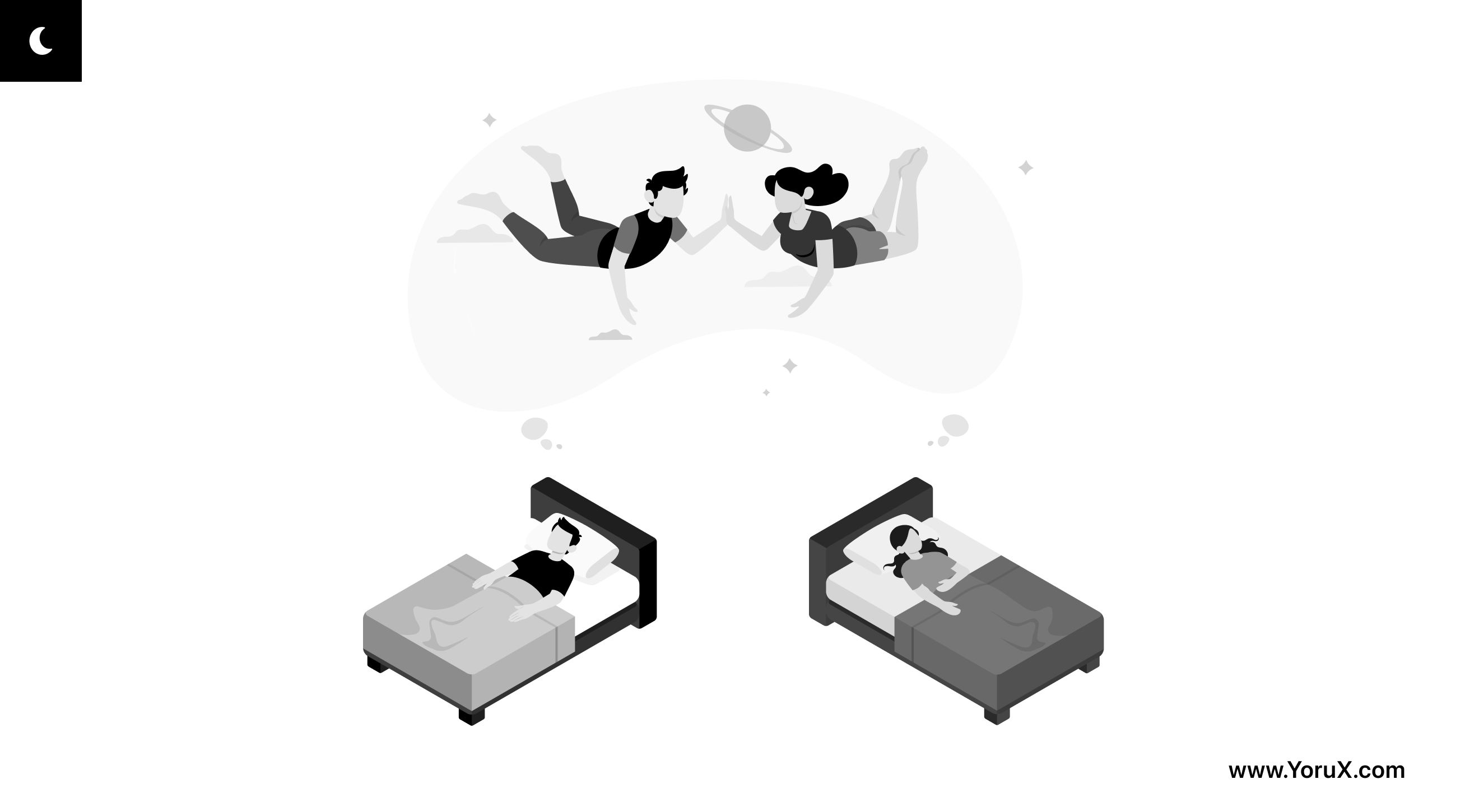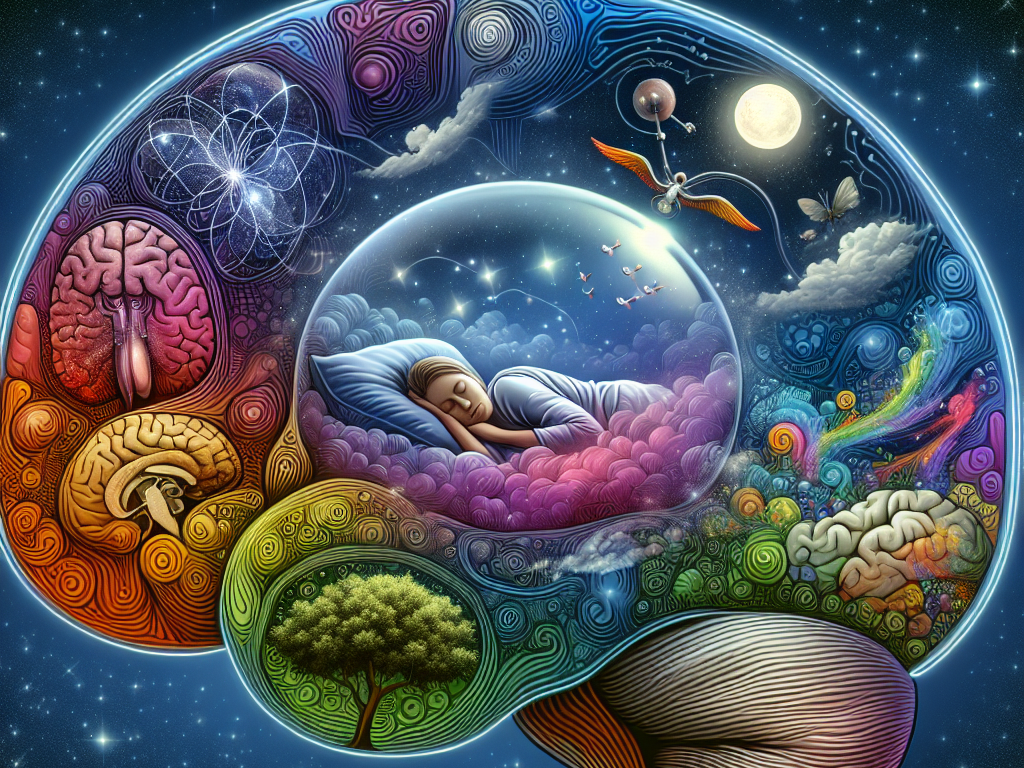
It's no secret that Lucid Dreaming often feels other-worldly. It's as if you're transferred to a different realm of being, in which the everyday rules do not apply. In a way, Lucid Dreaming is similar to virtual reality simulations. Sharing the latter with friends is nothing extraordinary, especially if you're used to it.
Are Lucid Dreams any different? And is it possible to bring someone along for the journey?
The short answer is no. But the matter can be a bit more complicated. Let's explore how.
For starters, you and the people around you interact with the same environment daily. The mediator of both of your experiences is the brain. It's safe to say that without it, you wouldn't be able to interact with the world – and certainly not with other people.
In a way, your brain simulates your reality. It might as well be in a vat or controlled by an evil demon (as a famous philosopher, Descartes had philosophized in XVIIth century) whose main purpose is to deceive you into believing the reality you experience – but without it actually happening.
Ridiculous as it may sound, there's actually little you can do to disprove such a theory – the best you can do is hope it's not true.
Let's not dwell too long on Descartes's demons – you probably didn't come to this article for an existential crisis. Although, the concept may help us in figuring out a way one could share a Lucid Dream with somebody. After all, our reality is nothing but an endless feed of stimuli to the brain.
Dreams themselves prove this claim – when you're in one, you're not actually going about your day and experiencing (often wacky) occurrences – you're laying in your bed, hallucinating.
We've already discussed that it has been proven possible to establish two-way communication with someone who's in a Lucid Dream. Why not take this concept further and stimulate the brain with electric signals? If we knew how exactly the brain "creates" the living experience, we'd be able to influence what it perceives directly.
Now imagine yourself plugged into a machine of some sort that gathers the input from your brain activity and links it with the input from a brain of your friend or a loved one and vice versa. Take the concept far enough, and soon you're both experiencing the same environment and are directly talking to one another, similarly to the movie "Inception"!
One might be skeptical whether the experience would be "real." But keep in mind that such communication is not that different from you interacting with someone in virtual reality. Actually, it's not even that different from you interacting with someone in "reality" reality.
As technology and science progress forward, it suddenly doesn't seem that unlikely that we could find ourselves in dreaming scenarios much different from the ones we have now.
Sharing a Lucid Dream with someone might become as easy as connecting with them via the web.
However, it's safe to say that experienced Lucid Dreamers will have the edge over those who aren't used to it. So, until the technology gets us there, practice regular Lucid Dreams as they're just as fun!
Good luck, dreamer!


.png)

